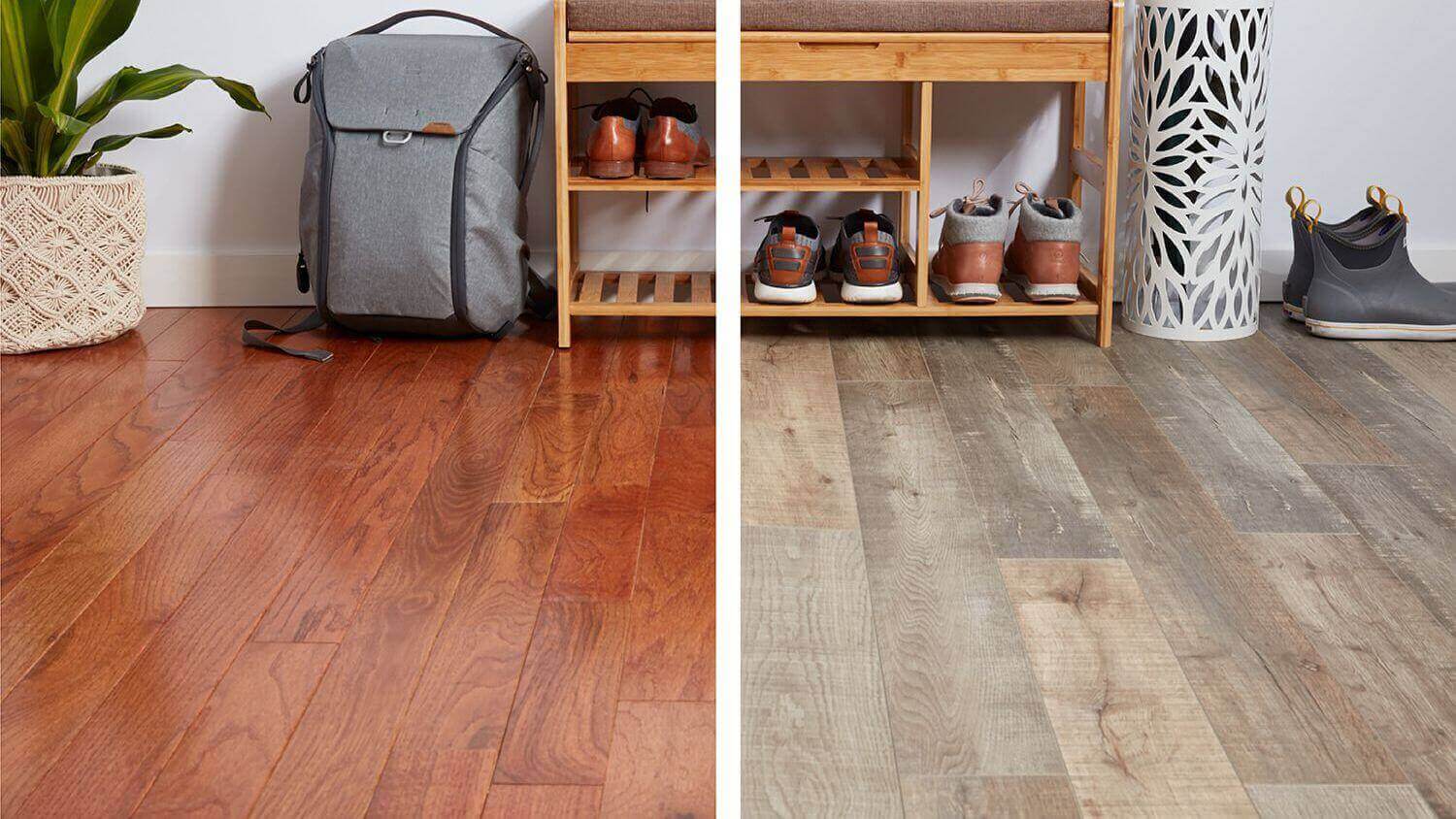Common Laminate Flooring Issues (And How to Fix Them!)
Regardless of what flooring material you choose for your home, you will encounter problems that must be addressed promptly – and laminate is no exception.
Laminate flooring is made from wood products fused together with glue, heat, and pressure. The surface is a photographic layer that can resemble hardwood, natural stone, or other materials; a finish layer is then applied. This produces a long-lasting and durable material that stands up to wear and tear. However, when not installed or looked after properly, the material can become damaged.
So, whether you are opting for or another brand, take a look at this blog. We have gone to the best laminate flooring experts in Canada to outline common issues and simple tricks to maintain the material and ensure that it lasts many years.
Laminate Flooring: Common Problems & Solutions
Here are some common problems (and solutions!) when it comes to laminate flooring.
-
Warping and Buckling
When exposed to moisture, laminate flooring can warp, either with a crown or a buckle. The former is a convex curvature at the centre of the planks; the latter is a concave-shaped depression in the same area.
The most common reason why laminate warps and buckles is moisture seeping through the subfloor in the absence of an efficient moisture barrier. Plumbing issues and leaks can also create the same issues, as can humidity. Left unchecked, this moisture buildup can lead to mould and mildew growth under the surface and between the seams.
In case you notice floorboards becoming damaged, it’s important to fix these underlying issues before replacing them. For this, you must:
- Address plumbing issues as and when they happen.
- Invest in a high-quality underlayment pad.
- Look for high-quality laminate flooring options.
- Create expansion gaps.
After these have been done, you can contact a local laminate flooring provider to fix or replace damaged parts.
When looking for a suitable underlayment for your laminate flooring, here are some factors to consider in order to make the right choice.
-
Peaking
Also, often referred to as crowning, this is where laminate planks or boards start to lift at the seams. It is most typically caused by weather-related issues, especially if the property is located in a particularly dry or wet climate.
While laminate may not be a completely natural material, it is still composed of wood sections that need to expand and contract with changes in temperature and humidity. This results in peaking if there isn’t enough room for this to occur.
-
Fading
Even the best laminate flooring in Canada will eventually show signs of fading with daily usage and exposure to natural light. While you cannot entirely control how the flooring will fade, you can take precautions to minimize the problem. For instance, keep a close eye on how long it is exposed to the sun. Consider investing in good window treatments to protect it during the day. Additionally, you can use area rugs, carpets, and other floor coverings as an added layer of protection. Be sure to rotate these frequently as the areas under them will look fresher and darker than areas exposed to traffic and natural light.
These are some of the most common laminate flooring issues and ways to tackle them. An efficient way to avoid these issues is to ensure the material is installed properly and to only use the highest quality products. Even if you have inherited the material instead of purchasing it, laminate floors can become a vital, visually stunning, and long-lasting element in your home.

Leave a Reply
You must be logged in to post a comment.